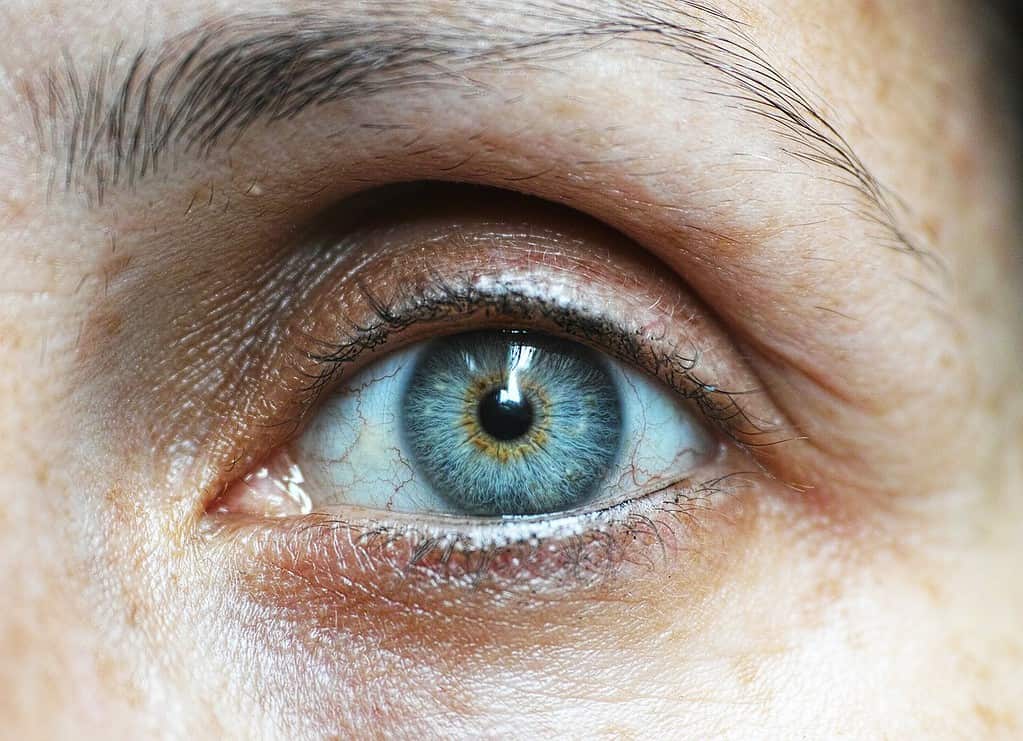
Skincare can often feel like a labyrinth of complex terms and ingredients, each promising the elixir of youth — often with little science to back them up. Among some of the recently proven treatments, however, you’ll see retinol and retinal often stand out. While they may sound similar, their differences in potency, benefits, and suitability for various skin types are significant. Let’s dive into the science behind these powerful ingredients, their benefits, and how to incorporate them into your skincare routine effectively.
What is Retinol?
Retinol is a derivative of vitamin A and a type of retinoid. It’s celebrated for its anti-aging benefits, including reducing the appearance of fine lines and wrinkles, improving skin texture, and diminishing acne and dark spots. Retinol works by promoting cell turnover and collagen production, revealing fresher, younger-looking skin.
What is Retinal?
Retinal, also known as retinaldehyde, is another vitamin A derivative but is one step closer to retinoic acid in the vitamin A conversion pathway. This basically means that retinal can work more quickly and effectively than retinol, generally making it a stronger option for those looking to amp up their skincare game.
Key Differences Between Retinol and Retinal

- Potency and Speed of Results: Retinal is more potent than retinol and can deliver faster results in improving the skin’s appearance due to its closer proximity to retinoic acid.
- Suitability for Skin Types: Retinol is generally well-tolerated by most skin types, including sensitive skin, as it’s less potent. Retinal, being stronger, may not be suitable for those with extremely sensitive or reactive skin.
- Application and Usage: Both retinol and retinal should be incorporated gradually into your skincare routine to minimize irritation. However, due to its higher potency, retinal users should be particularly cautious to avoid adverse effects.
| Aspect | Retinol | Retinal |
|---|---|---|
| Potency | Less potent than retinal; requires conversion to retinoic acid in the skin to be active, involving two enzymatic steps. | More potent than retinol; closer to retinoic acid in the metabolic pathway, requiring only one conversion step to become active. |
| Speed of Results | Results may take longer to appear due to the slower conversion process. | Faster results due to its direct proximity to retinoic acid, leading to quicker action on the skin. |
| Skin Irritation | Generally considered less irritating, making it suitable for most skin types, including sensitive skin. | Potentially more irritating due to its higher potency, which might not be suitable for very sensitive skin types. |
| Effectiveness | Effective in improving the appearance of fine lines, wrinkles, and skin texture with prolonged use. | More effective and faster at reducing signs of aging, including fine lines and wrinkles, due to its higher potency. |
| Usage Recommendation | Recommended for beginners and those with sensitive skin or those looking to prevent irritation. | Best suited for individuals who have used retinoids before and are looking for more potent anti-aging effects. |
Recent studies on retinol and retinal
One 2015 study highlights the beneficial effects of retinol and retinoic acid on human skin, noting improvements in the histological, molecular, and clinical properties related to aging. Both retinol and retinal were shown to improve naturally aged skin following 12 weeks of application, significantly diminishing the appearance of wrinkles and enhancing skin texture.
Another 2016 study explored the use of a specific skin care regimen incorporating retinol and vitamin C, targeting women with mild-to-moderate hyperpigmentation and photodamaged facial skin. The findings suggest some efficacy and tolerability for this combination in improving skin brightness and reducing signs of aging.
In 2010, researchers in the UK highlighted retinal’s antibacterial properties. This antibacterial action, attributed to the aldehyde group in retinal, decreased bacterial counts on the skin. Additionally, retinal has been shown to prevent peroxidation of epidermal lipids in studies with topical application, suggesting antioxidant properties.
Dermatologists from the University of Michigan Medical School conducted experiments with retinol on naturally aged skin in 2007. The study showed significant improvements in fine wrinkles associated with aging after 24 weeks of treatment. This improvement is attributed to the induction of glycosaminoglycan, known to retain substantial water, and increased collagen production, which likely contributes to wrinkle reduction and enhanced skin resilience, the authors claimed.
However, a 2021 systematic review assessing the efficacy of over-the-counter vitamin A cosmetic products for improving facial skin aging suggests caution. The review concludes that, due to the lack of high-quality clinical trials, there’s little reliable evidence supporting the use of over-the-counter retinol-containing products for aging skin improvement. This indicates that while retinol may have potential benefits, the scientific community still seeks more robust evidence to fully endorse these products for anti-aging purposes.
Incorporating Retinol and Retinal into Your Skincare Routine
Both skincare products with retinal and retinol can be effective ingredients in your skincare routine, but it’s essential to start slowly. Introduce either ingredient into your routine gradually, beginning with applications once or twice a week and increasing frequency as your skin adjusts. Always use a high SPF during the day, as retinoids can make your skin more sensitive to sunlight.
When considering which ingredient to choose, think about your skin’s needs and tolerance. Retinol may be the go-to for beginners and those with sensitive skin, while retinal could be the step up you’re looking for if your skin is more tolerant and you desire quicker results.
In the end, whether you choose retinol or retinal, incorporating either into your skincare routine can pave the way for clearer, more youthful-looking skin.


